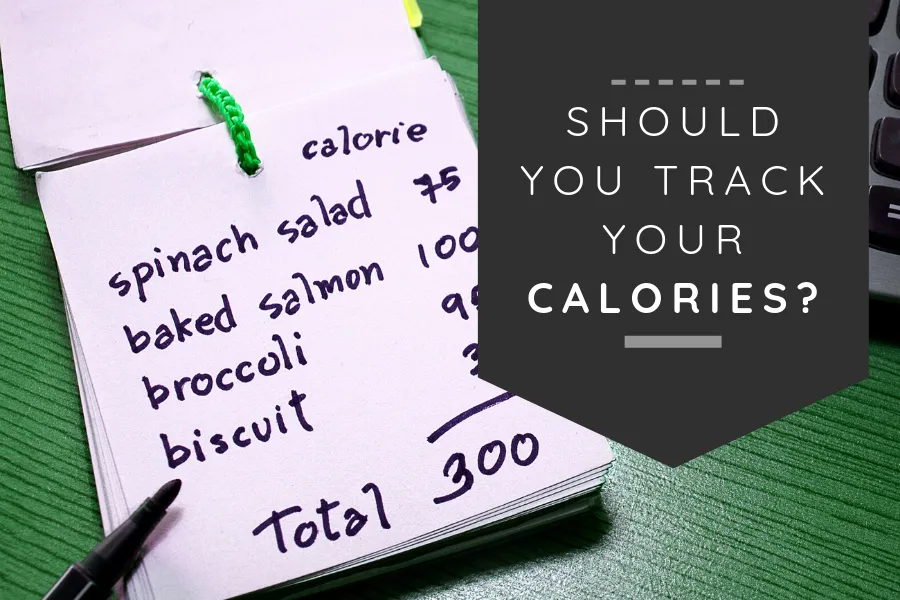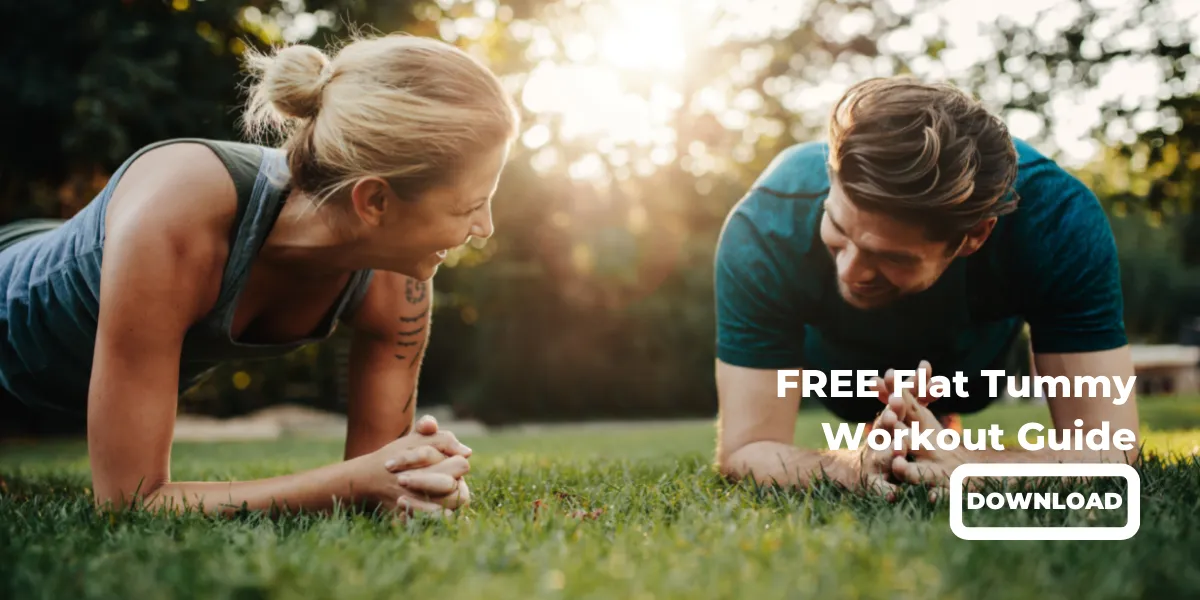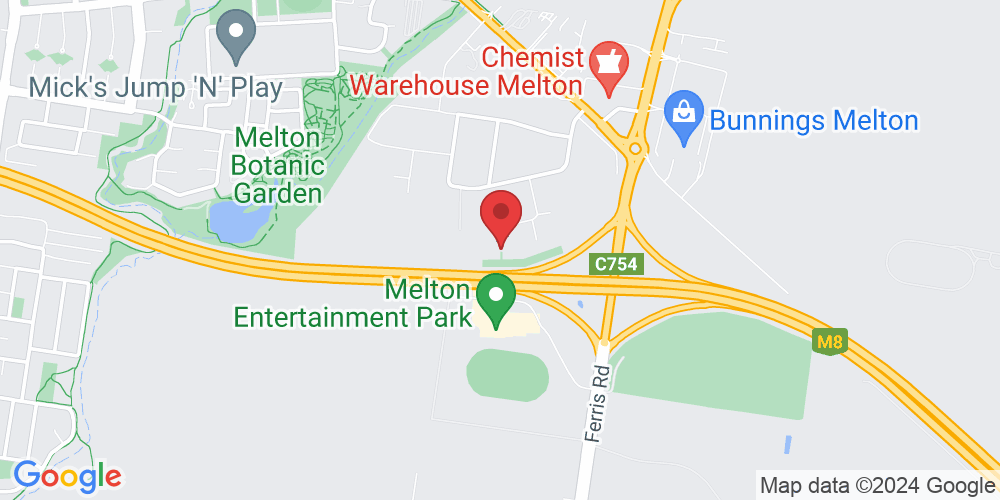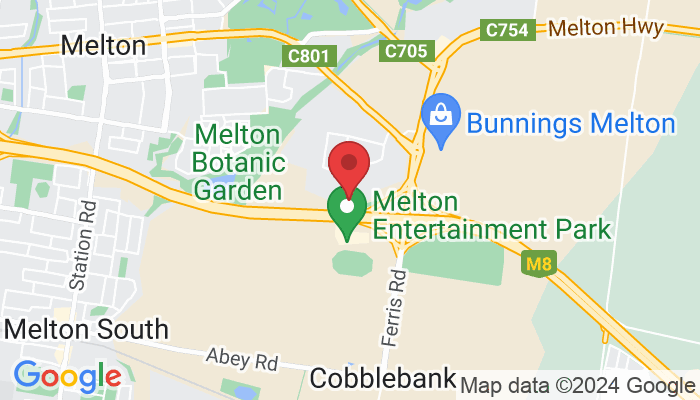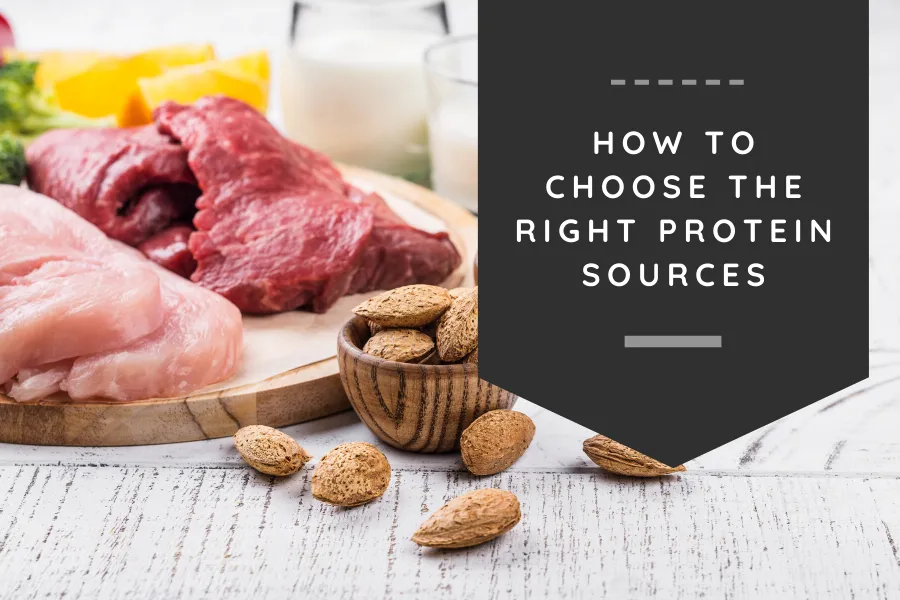
How to choose the right protein sources
“We can’t ignore that some foods just provide better value than others”
The health and fitness industry is one of the most fake, superficial, deceptive industries there is. People will lie about results, fudge numbers and use trickery to get you to see what they want.
Shitty product endorsements from people who have never used that product. Fake before and afters. The list goes on.
It’s no wonder you struggle to know what you should actually be doing to get the results you’re after. And infographics like the one below, from a very well-known TV doctor, don’t help the cause much either.

The infographic seems innocent enough.
Reading through you can see that this food has this amount of protein, that food has that amount of protein, and so on. In fact, the way they’ve framed it makes it seem like all the foods on the right are actually better choices than the egg.
“The egg only has 6g of protein but I can get 17 grams from Greek Yogurt!”
It’s in the title – “10 foods that have more protein than an egg”.
Translation: “These foods are better than eating an egg”.
Let’s talk about why this is misleading.
First, there’s no standard measurement. Of course there’s going to be different levels of protein for these foods. 1 is a tiny egg that can fit in the palm of your hand and the other is a WHOLE CONTAINER OF YOGURT.
Take the chia seeds as well. Who is eating 3.5 ounces of chia seeds?! I weighed it out and the volume is just ridiculous.

So you’re telling me that I can have a couple of eggs and get about 12 grams of protein, or I can get a tiny bit more protein from a whole bowl full of seeds?
I’ll stick with the eggs thanks.
And don’t get me started on the other macronutrients that you get with these foods. I don’t know if they knew this or not, but foods are actually made up of more than just 1 component. You’ve got fats and carbohydrates as well.
You might get 20 grams of protein from a cup of almonds, but what else are you getting? Both MyFitnessPal and CalorieKing say you’ll get over 45g of fat! That’s over 500 calories from just 1 snack.
I can forgive black beans a little more because you can make a hearty meal with them that will fill you up for hours. Even still, on top of the 39 grams of protein, you’re also getting over 650 calories and 121 grams of carbohydrates! Good luck fitting that into your calorie and carbohydrate goals for the day.
Rather than looking at it with such black and white vision. You need to take into account all of the data. All of the macronutrients and calories. After more than 8 years in the fitness industry, I know that people are impressionable and often misled.
Seeing an infographic from a well-known source can get people to mindlessly purchase and eat things without thinking of the ‘why’.
Take a look at the graph I made below.
It highlights the importance of the balance between protein intake and calories. It shows you what foods have a better protein-to-calorie ratio and what foods have a lower protein-to-calorie ratio. This is essentially saying how much protein you get per calorie. Is it good value?

Sure, I can get 20g of protein from some peanut butter. But is that good value when I also get 600 calories as well?
Not really.
If I want 20g of protein from almonds, I’m also getting 600 calories. There are better ways to get some protein. Sure, if you want some almonds, go for it! But don’t look to them as a great source of protein, they’re more of a fat source.
On the other end you can see that Turkey mince gets you 20g of protein and only 100 or so calories. That makes it a much valuable protein source.
All these foods can fit into a healthy diet, I’m not saying they can’t. But we can’t ignore that some foods just provide better value than others. And a straight comparison saying “these 10 foods have more protein than an egg, eat these instead!” can really send people down the wrong track.
Ideally, you want most of your protein-rich foods to come from the ‘better value’ end. Foods that give you a good amount of protein but also don’t give you ridiculous amounts of calories.
This way you can fill up your plate and you’ll be full from a lower amount of calories. That’s a great strategy to help you control calories and achieve your fat loss goal. You might even be able to fit in some of the foods you enjoy more now that you’ve got room for them.

Lose 5kg this February!
4-Week Challenge starting February 10th. Put yourself first once the kids go back to school.
© FIT40 Melton 2024
Privacy Policy | Terms of Use




